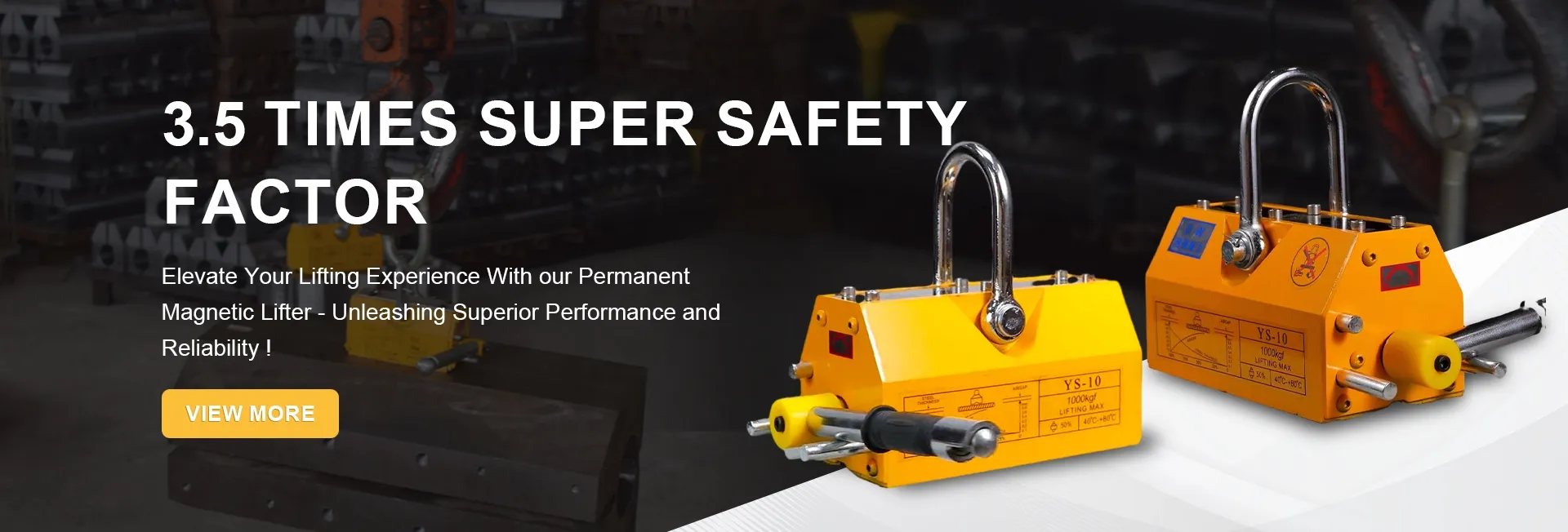skates for heavy equipment
The Importance of Skates for Heavy Equipment
In various industries, the safe and efficient movement of heavy equipment is crucial for maintaining productivity and ensuring worker safety. One of the unsung heroes in this regard is the skate, a specialized tool designed to facilitate the transportation of heavy machinery. Skates for heavy equipment come in various shapes and sizes, and understanding their importance can significantly enhance operational efficiency in construction, manufacturing, and logistical sectors.
What are Skates for Heavy Equipment?
Skates are robust platforms equipped with wheels or rollers that allow heavy machinery, such as generators, transformers, or industrial machines, to be moved with relative ease. Typically made from high-strength materials capable of bearing immense weights, these skates are engineered to reduce friction and distribute the load evenly, making it easier to push or pull heavy items. They are a vital piece of equipment in industrial settings where traditional lifting methods may be impractical.
Types of Skates
There are several types of skates available, each designed to cater to specific needs
1. Manual Skates Often used for lighter loads, manual skates require physical effort to move the equipment. They are equipped with lever systems that allow operators to maneuver them efficiently.
2. powered Skates For more immense loads, powered skates may be employed. These feature electric or hydraulic systems that provide the necessary force to move heavy items effortlessly. This type reduces the risk of injury and fatigue among workers.
skates for heavy equipment

3. Multi-directional Skates Ideal for moving machinery in tight spaces, multi-directional skates can be maneuvered in various directions with ease, providing operators with flexibility when positioning heavy equipment.
Safety and Efficiency
Utilizing skates for heavy equipment significantly enhances safety in the workplace. By providing a stable platform designed for heavy lifting and movement, they reduce the risk of accidents related to improper lifting techniques or equipment tipping over. Moreover, by streamlining the process of relocating heavy machinery, skates help minimize downtime, allowing operations to proceed smoothly and efficiently.
Best Practices for Use
To maximize the benefits of skates, operators should follow best practices. Proper training is essential; employees need to understand how to use skates safely and effectively. Regular inspection and maintenance of skates are also vital to ensure they are in good working condition. Additionally, when moving heavy equipment, it's important to assess the weight and size of the load to select the appropriate type of skate.
Conclusion
Skates for heavy equipment are much more than simple tools; they are critical components in successfully managing the logistics of heavy machinery. By investing in high-quality skates and training employees on their proper use, companies can ensure safer work environments and greater efficiency. As industries continue to evolve, the role of skates will remain indispensable in the movement and management of heavy equipment.
-
Unlock Seamless Relocation with Our Heavy Equipment Moving ExpertiseNewsJun.06,2025
-
Unleash Unrivaled Flexibility with Our Adjustable Gantry CraneNewsJun.06,2025
-
Unleash Heavy-Duty Efficiency with Our Industrial Gantry Crane SolutionsNewsJun.06,2025
-
Revolutionize Steel Handling with Our Magnetic Lifter RangeNewsJun.06,2025
-
Master Equipment Mobility with Premium Machinery Mover SolutionsNewsJun.06,2025
-
Elevate Your Material Handling with Magnetic Lifter TechnologyNewsJun.06,2025
-
YS Permanent Lifting Magnets: The Smarter Way to Handle SteelNewsMay.22,2025
